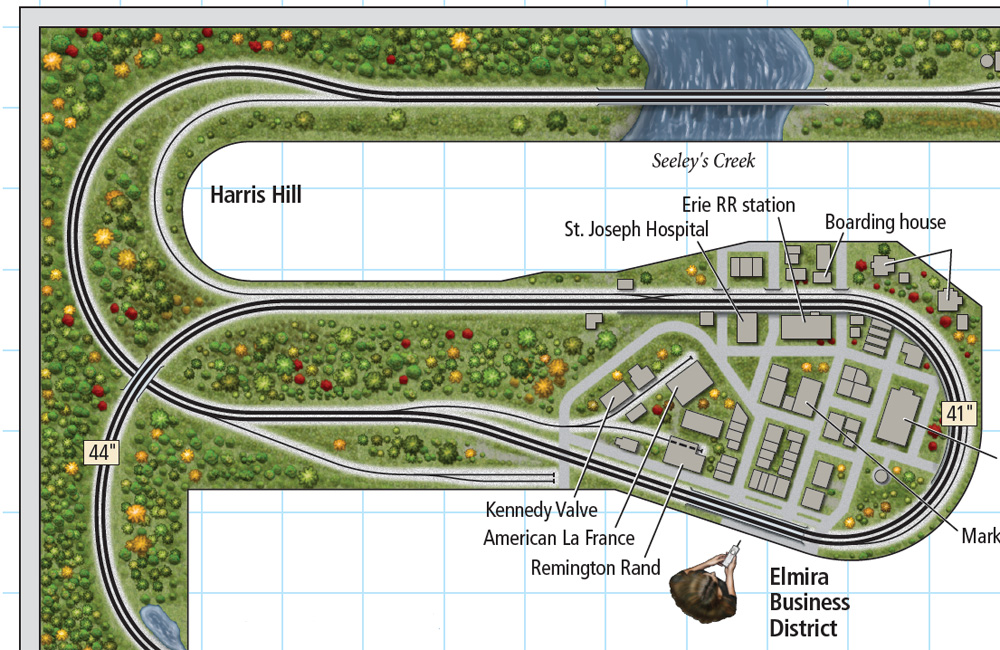
Q: I’m planning a reversing loop on my layout. Must isolated sidings inside a reversing loop be part of the reversing section? Or can they be part of the main power bus? – R. John Kohlbrand
A: There are three potential ways to wire up separate sidings and spurs that connect to a reversing section like a loop or a wye: as part of the reversing section; as a separate non-reversing power district; or as their own reversing section, with a separate auto-reversing circuit. Let’s look at each.
The best solution, I believe, is to wire these spurs as a contiguous part of the reversing section. That way, there will never be an issue with the polarity of track current as trains enter and exit these spurs. The reversing section only needs to flip polarity when trains exit the section and re-enter the main layout.
It’s possible to wire these spurs separately from the reversing section, making them their own non-reversing power district, powered directly from the main DCC bus. The reversing section might have to flip polarity when a train enters these spurs. This would work most of the time, but you would encounter problems if one train was entering a spur while another was entering the reversing section from the main. The auto-reversing circuit wouldn’t be able to resolve both polarity conflicts simultaneously.
You might think a good solution to that problem is to put the spurs on their own auto-reversing circuit. But the problem with that is when a train passes from one such reversing district to another, both auto-reversing circuits detect the polarity mismatch, and both try to resolve it simultaneously. The result is an endless politeness fight, like those cartoon chipmunks stuck at a door saying, “After you.” “No, after YOU.” “No, I insist, after YOU.”
In general, you want to keep the number of places where a train can enter and leave a reversing section as low as possible to minimize the possibility of two locomotives entering or exiting the section simultaneously. Just wire everything inside the loop as a single reversing section to save you (and your auto-reversers) the headache.
For more on wiring your layout, check out Wiring Your Model Railroad by former MR columnist Larry Puckett.
Send us your questions
Have a question about modeling, operation, or prototype railroads? Send it to us at AskTrains@Trains.com. Be sure to put “Ask MR” in the subject.






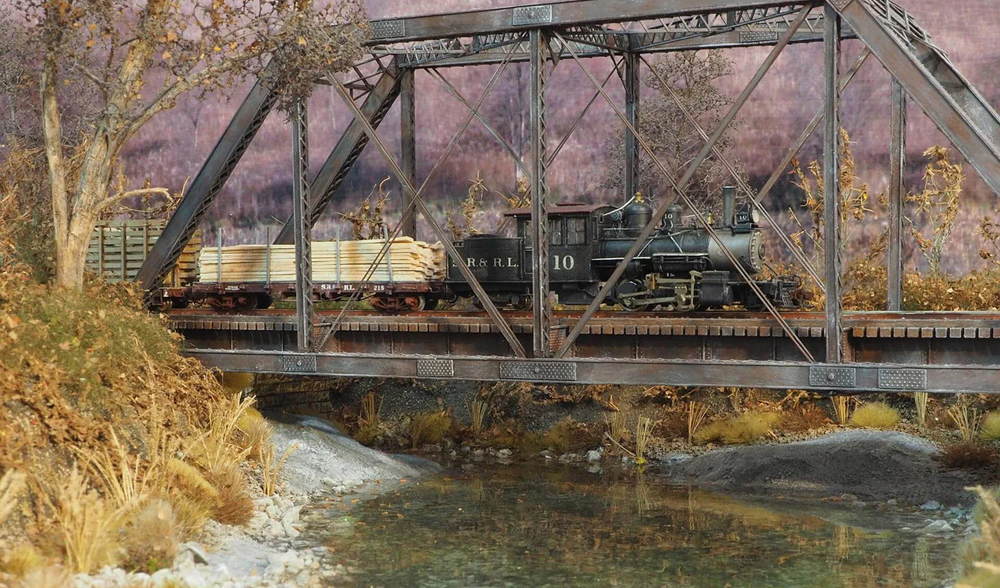
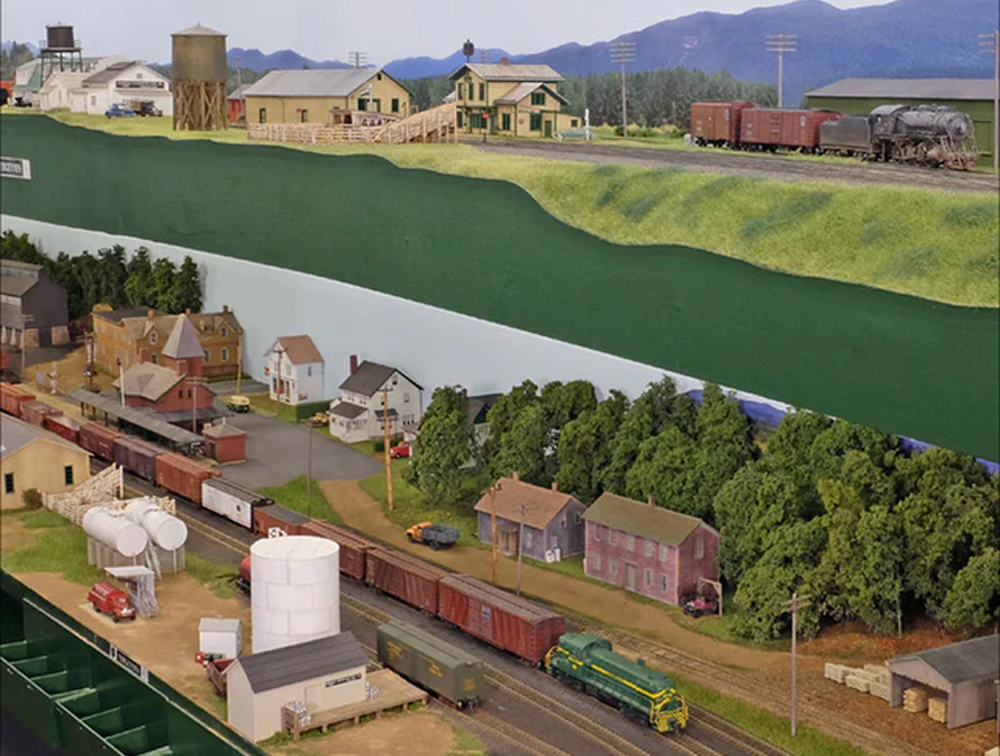
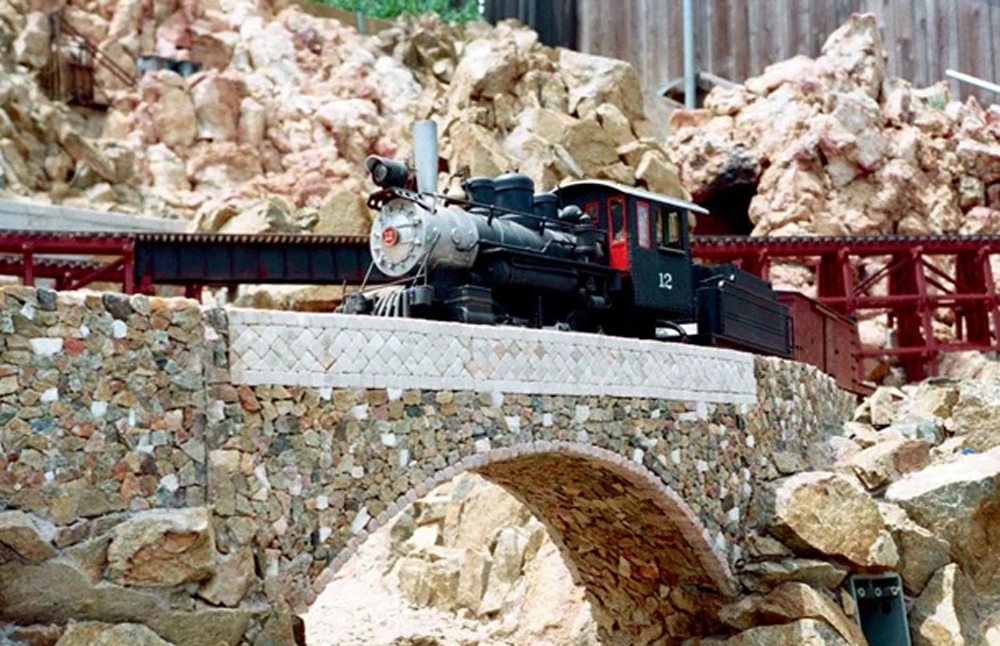
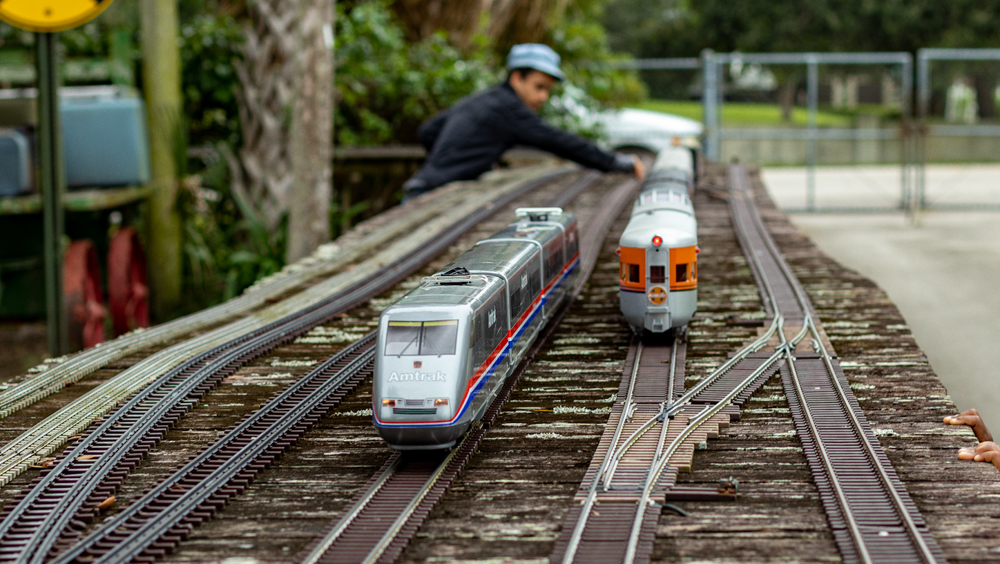
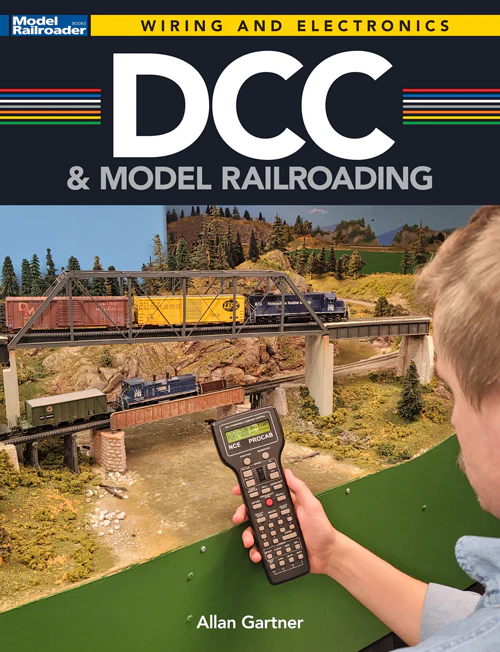

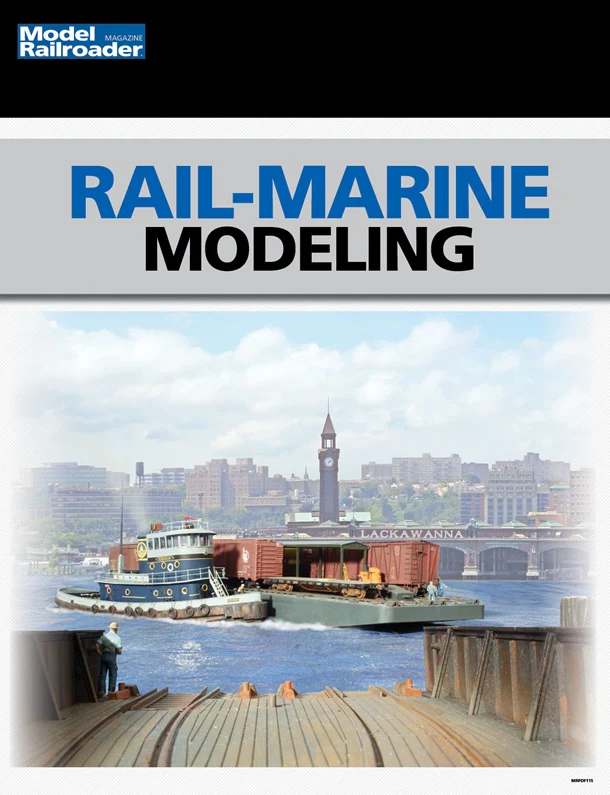

Looking at the illustration, the only track that is the ‘reversing loop’ is the thin line nearest the edge at Harris Hill to the first cross-over. That needs to have an auto-reverser on the power feed. All other sidings are off the main line and not part of the reversing trackage.